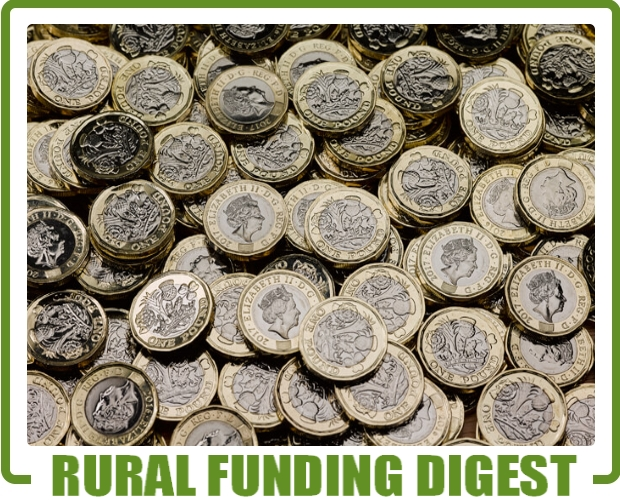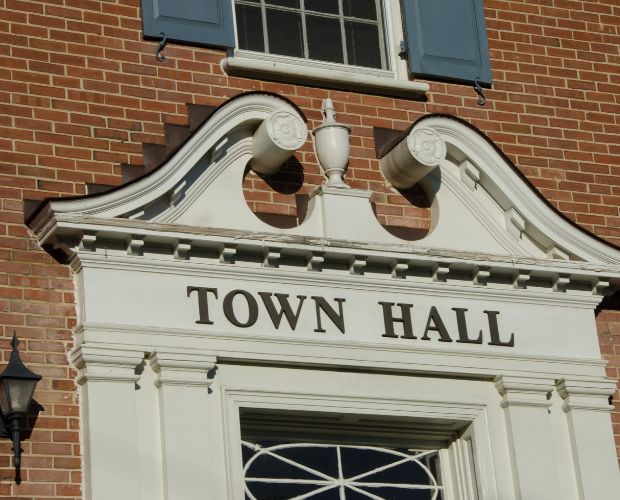T: 01822 851370 E: [email protected]
'Rural premium' to live in countryside
Rural homes are 20% more expensive than urban homes, reveals the latest annual Halifax Rural Housing Review.
Homes in the countryside cost on average £42,894 more than homes in larger town or cities, with a "rural premium" in all regions.
The greatest difference is in the West Midlands where the average house price in rural areas (£263,867) is £78,314 (42%) higher than in urban areas in the region (£185,553).
The smallest difference is in the East of England where there average premium on countryside homes is £29,291 (or 10%).
See also: The hefty cost of rising house prices
House prices in rural areas are less affordable than in urban areas, says the report, which was published on Saturday (19 November).
The average property price in rural areas is 7.4 times average annual earnings2 compared with a ratio of 6.4 in urban areas.
All 10 of the least affordable rural local authority districts (LADs) are in southern England.
The least affordable rural district is Tandridge in Surrey, with an average house price of £465,354 – some 11.4 times local annual average earnings (£40,960).
Copeland in West Cumbria is the most affordable rural LAD in the country with an average house price of £142,972 – 3.5 times local average gross annual earnings of £40,662.
Halifax housing economist Martin Ellis said: "The countryside continues to attract homeowners inspired by open spaces, a cleaner environment and the prospect of a potentially greater quality of life.
But he added: "Turning such dreams into reality typically comes at a cost with the average rural property 20% higher than in urban areas.
"Housing affordability is a significant issue across a number of rural areas, making it difficult for first-time buyers in particular to buy a countryside home, particularly in southern England.
These affordability obstacles are reflected in the typically lower proportion of first-time buyers in the country compared with their urban counterparts."
Despite this, property value has risen more rapidly in urban areas over the past five years.
Between 2011 and 2016, the average price of a countryside home rose by 30% compared with an average increase of 40% in urban areas.
This trend has continued over the past year with the average price of a home in the countryside increasing by 7% against an average 9% increase in urban areas.
As a result, the rural-urban premium has narrowed over the last five years from 30% (or £44,588) in 2011 to £42,894 (20%) in 2016.
More concerning is the finding that there are fewer first-time buyers in rural areas.
First-time buyers account for 40% of all mortgage financed purchases in rural areas, significantly lower than in urban areas where first-time buyers account for 52% of such purchases.
Affordability is the main reason for the lower proportion of first-time buyers in rural areas.
Social housing provision is typically lower in rural areas, with 12% of the housing stock accounted for by social housing compared with 18% in urban areas.
SIGN UP TO OUR NEWSLETTER
Sign up to our newsletter to receive all the latest news and updates.









